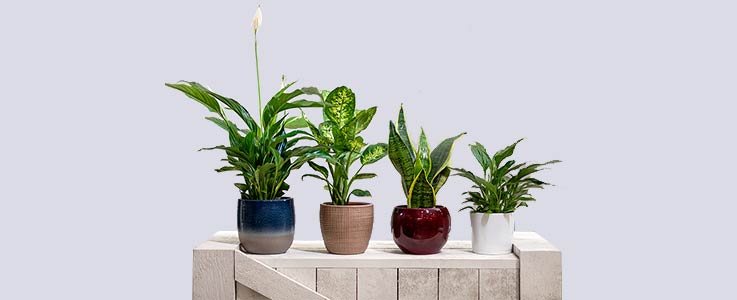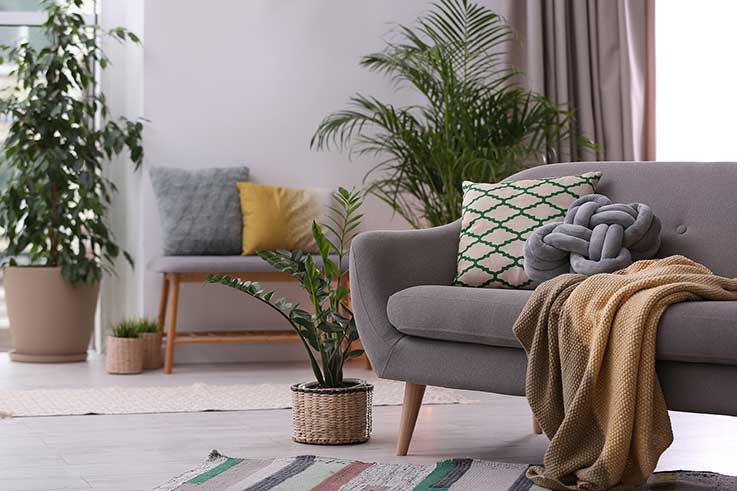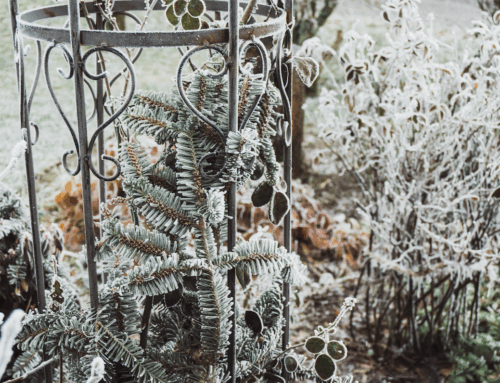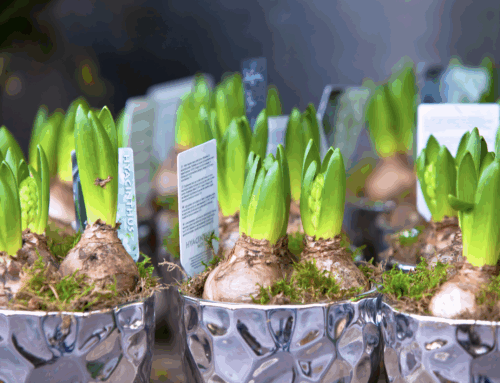Whatever the season, a well-chosen houseplant will brighten up your home. Houseplants are extremely popular and there is a good reason for this. Not only do they brighten your home, they can potentially benefit your health – and that of your family. Now, we all want our houseplants to look the best and to thrive in our homes so here are a few pointers to help you look after them. This information will enable you to find the best spot for your plant, how to care for it and identify issues that you may notice.
One of our favourite houseplants is Spathiphyllum (Peace Lily). They are great plants for beginners, elegant and have air purifying properties.

Where to grow…
The majority of houseplants will flourish in a light, draught-free spot with an even temperature and humidity. Some plants do have more specific needs. For example, plants with variegated foliage and flowers will need more light than plants with plain green foliage, while ferns like a darker position. Light levels for houseplants decrease rapidly the further they are placed away from a window. Cacti, succulents and carnivorous plants like a bright windowsill, however it is important to avoid direct sun through glass as this will scorch the leaves. Orchids will thrive in bright, indirect light and if possible, lots of fresh air and high humidity. As a general rule, if your houseplant’s growth is poor, flowering plants aren’t flowering or variegated plants revert to plain green, you will need to improve the light conditions.

How to care for your houseplants…
Watering
Feeding
Pruning





